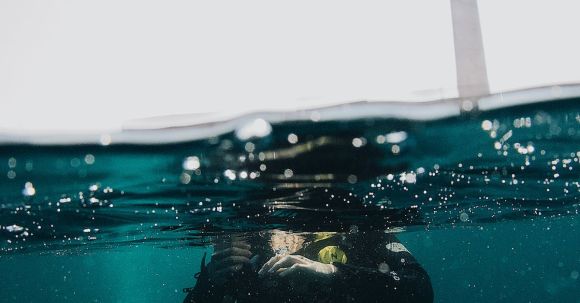Have you ever wondered what lies beneath the surface of the ocean? If you’re an adventurous soul, you may be drawn to the mysterious world of underwater caves. These hidden gems offer a unique and exhilarating experience for those willing to dive in. In this beginner’s guide, we’ll explore everything you need to know before embarking on your first underwater cave exploration.
Understanding Underwater Caves
Underwater caves are natural formations that have been carved out by water over thousands of years. They can be found in various locations around the world, from crystal-clear blue holes in the Bahamas to ancient cenotes in Mexico. These caves often hold a rich ecosystem of marine life and present a fascinating landscape for divers to explore.
Safety First: Training and Equipment
Before diving into the depths of an underwater cave, it’s crucial to receive proper training and acquire the necessary equipment. Cave diving is an advanced form of diving that requires specialized skills and knowledge. Enroll in a cave diving course to learn about cave navigation, buoyancy control, and emergency procedures. Invest in high-quality dive gear, including a reliable underwater flashlight, a redundant air supply system, and a guideline reel to ensure your safety during the dive.
Choosing the Right Location
Once you’re trained and equipped, the next step is to choose the right location for your underwater cave adventure. Consider factors such as visibility, water temperature, and accessibility. Some popular cave diving destinations include the Great Blue Hole in Belize, the Cenote Dos Ojos in Mexico, and the Ginnie Springs in Florida. Research each location to understand its specific challenges and requirements.
Planning Your Dive
Proper planning is essential when exploring underwater caves. Create a detailed dive plan that includes the entry and exit points, the depth and duration of the dive, and any landmarks or points of interest within the cave. Take into account factors such as tidal currents, air consumption rates, and decompression limits. It’s also crucial to check the weather conditions before heading out to ensure a safe and enjoyable dive.
Navigating the Cave
Navigating through an underwater cave can be challenging, especially for beginners. Always follow the guideline that you’ve laid out during your dive planning. Maintain good buoyancy control to avoid disturbing the delicate cave formations, and be mindful of your surroundings. Stay alert and look for important markers, such as arrows or lines, that can guide you through the cave system. If you’re unsure about your navigation, it’s best to turn back and seek assistance rather than risk getting lost.
Respecting the Environment
As divers, it’s our responsibility to protect and preserve the underwater environment. When exploring underwater caves, it’s essential to minimize your impact on the delicate ecosystem. Avoid touching or disturbing marine life, as even the slightest disturbance can have lasting effects. Be mindful of your fin kicks and maintain a safe distance from the cave walls to prevent damage to the cave formations. Remember, it’s our duty to leave these natural wonders unspoiled for future generations.
In conclusion, exploring underwater caves can be an awe-inspiring and unforgettable experience. However, it’s important to approach this activity with caution and respect. By obtaining the proper training, choosing the right location, planning your dive meticulously, and respecting the environment, you can embark on a safe and enjoyable underwater cave exploration. So, are you ready to take the plunge into the mysterious depths?





